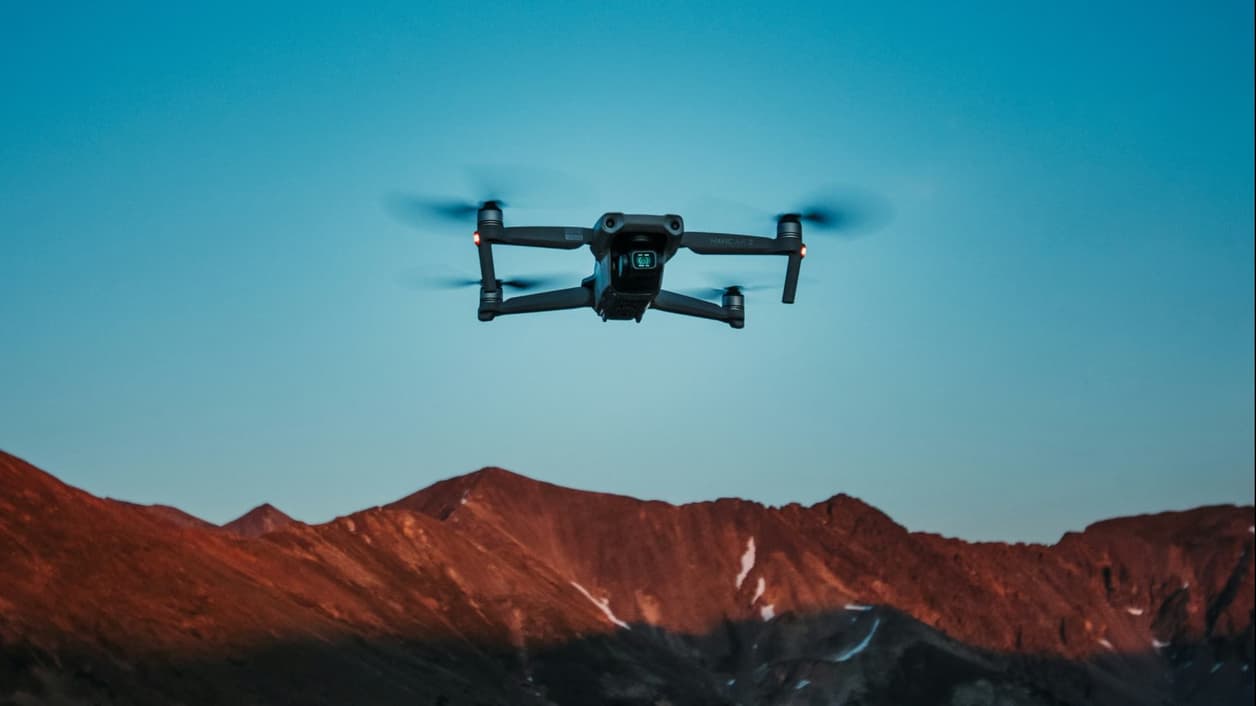
The NATO summit on 25 June signalled a headline commitment to 5% defence spending (as a percentage of GDP)¹, something that would have been unthinkable four years ago. From a private asset investment point of view, in the US and Europe, it is a milestone worth focusing on.
In Europe, there is a sense that some of the defence spending pledges amount to a ‘fudge’. We believe it is very clear that defence spending as a percentage of GDP does not necessarily translate into defence readiness.
Of the European members of NATO, the UK, Greece, France, Poland, the Nordics and Baltics are the most defence-ready and some of them are already spending ambitiously.² For example, Poland is set to reach a level of defence spending of 4% of GDP³ and has already struck a strategic military procurement partnership with South Korea.
On the other hand, countries like Italy and especially Spain have been castigated for their reluctance to spend.⁴ Italy has talked of including investment in a bridge from the mainland to Sicily⁵ as defence infrastructure and in the case of Spain, it has apparently tried to ‘kitchen sink’ other tangential forms of spending into the defence segment.
Still, the broad 5% target is a gamechanger and is comprised of two parts — close to 3.5% on defence spending and 1.5% on areas like cyber security and AI-driven defence capabilities.⁶ Momentum will be boosted by the EU’s €150 billion lending facility for defence procurement,⁷ up to €3 billion in loans from the EIB (European Investment Bank) and the German government’s significant augmentation of its defence budget.⁸ Still, this fiscal support leaves an enormous shortfall that will likely require capital from the private sector.
In this regard there is, in some quarters, a new mindset towards the use of private capital in defence. In the US, we flag the role of Stephen Feinberg, former CEO of private equity firm Cerberus Capital Management,⁹ as Deputy Defence Secretary, as a harbinger of more efficient defence spending and the likely greater use of technology in defence solutions.
Active field for venture
In this respect, with military strategists learning the lessons from two major wars (Ukraine and the recent Israeli-Iran conflict), the focus on new tactics and new technologies will be laser sharp. Our sense is that this could be an active field for venture. Companies like Anduril, Shield AI and Palantir are prominent in the US, along with Helsing AI in Europe.
Here, the NATO Innovation Fund (NIF) and the Defence Innovation Accelerator¹⁰ for the North Atlantic (DIANA)¹¹ will be active investors. We also expect that the realm of Series A and B and beyond will see plenty of activity from venture funds in sub-industries like quantum technologies, biotechnology and human enhancement technologies, hypersonic systems, novel materials and manufacturing, energy and propulsion and next-generation communications networks. European drone manufacturers like Wander Craft and Wingcopter have been prominent in recent fundraises.
With many defence supply chains and infrastructure underdeveloped in both the US and Europe, it may be that private equity and infrastructure funds play a bigger role in financing the build-out of the military apparatus of the 21st century. Private credit may also play a more active role in financing energy infrastructure (for AI and data as well as logistics).
The NATO summit may go down in history as the moment Europe and the US reached an uneasy peace on defence spending, but it may well mark the definitive start of a new round of private investment.

¹ https://www.nato.int/cps/en/natohq/news_236516.htm ² https://www.nato.int/nato_static_fl2014/assets/pdf/2024/6/pdf/240617-def-exp-2024-en.pdf ³ https://www.euronews.com/my-europe/2025/02/05/polands-president-vows-to-spend-47-of-gdp-on-defence-this-year ⁴ https://www.politico.eu/article/spain-nato-summit-5-percent-defense-spending-target-perdo-sanchez-military-donald-trump/ ⁵ https://www.politico.eu/article/italy-grand-plan-meet-nato-target-13-5b-bridge-sicily-donlad-trump-silvio-berlusconi-messina/ ⁶ https://www.nato.int/cps/en/natohq/news_235900.htm ⁷ https://www.consilium.europa.eu/en/press/press-releases/2025/05/27/safe-council-adopts-150-billion-boost-for-joint-procurement-on-european-security-and-defence/ ⁸ https://www.reuters.com/business/aerospace-defense/germany-raise-defence-spending-35-gdp-by-2029-sources-say-2025-06-23/ ⁹ https://www.cerberus.com/media/cerberus-co-founder-steve-feinberg-confirmed-as-u-s-deputy-secretary-of-defense/ ¹⁰ https://www.nif.fund/ ¹¹ https://www.diana.nato.int/



